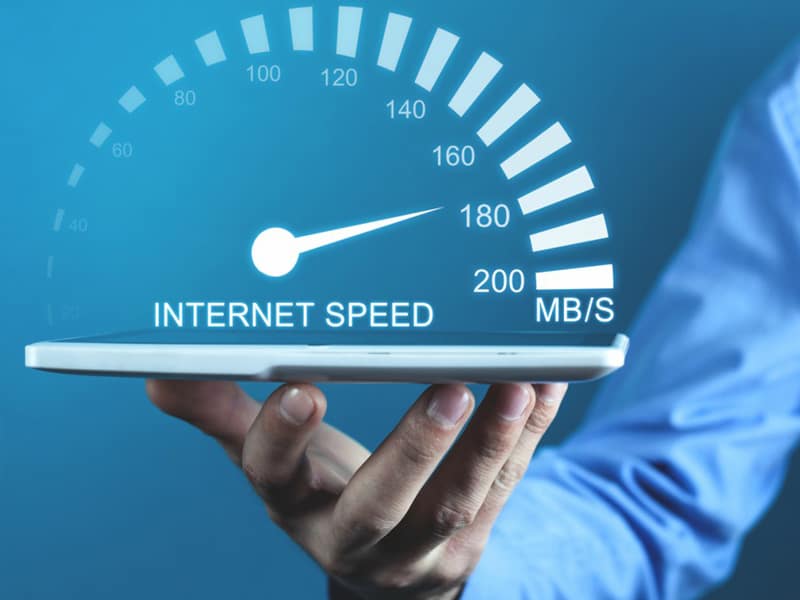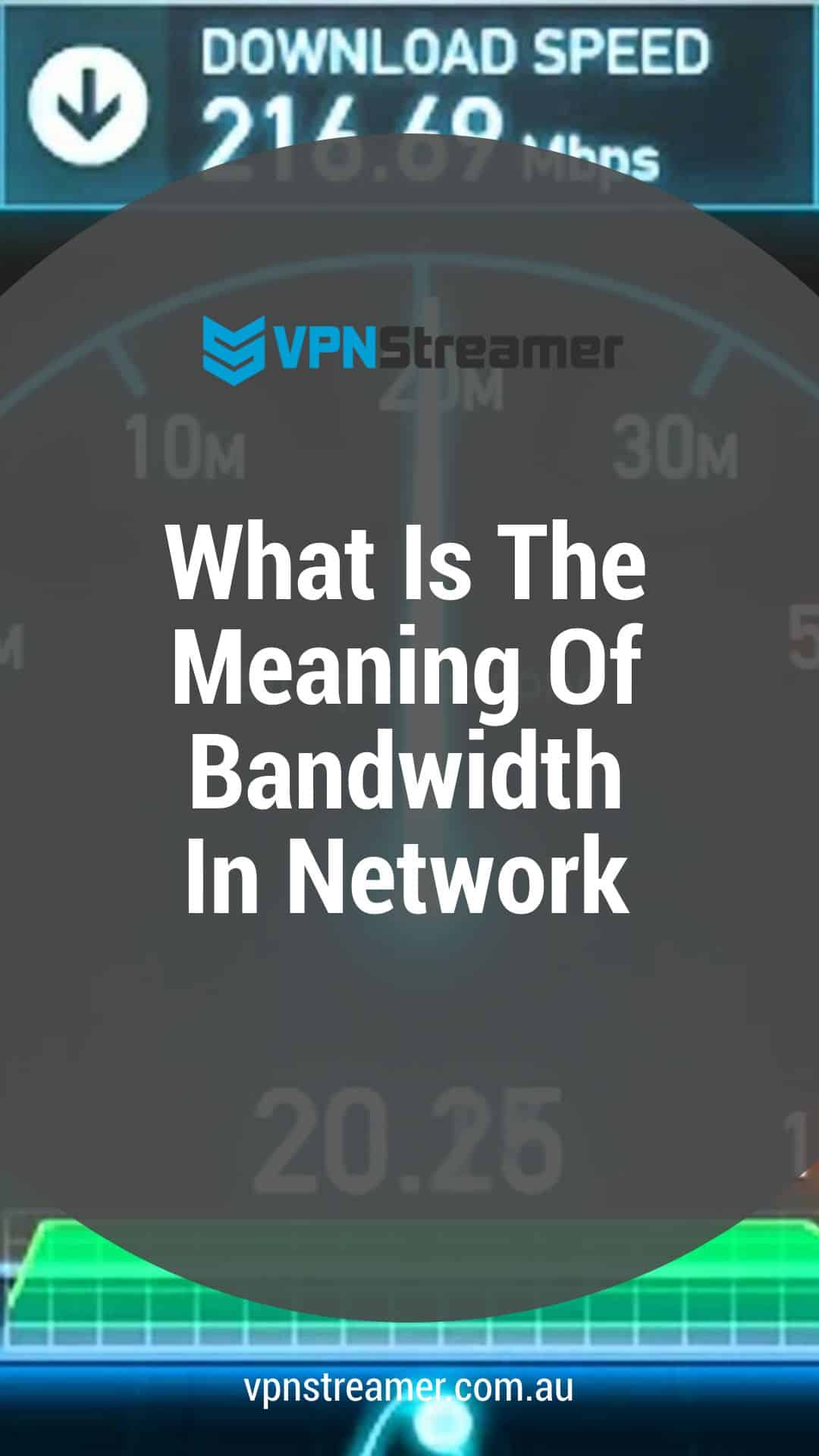It is often a mistake made where individuals think that bandwidth is used to describe the speed of an internet connection.
While they are closely related, they measure very different components of your connection.
It is a simple thing to understand, and here, we will try to explain the difference between network bandwidth vs speed definition.
By the end, you will understand what these related terms are, how they are measured, and how they affect certain applications. (Read How To Fix High Packet Loss)
What is High Bandwidth?
Bandwidth relates to the maximum capacity of any user’s internet connection and data transfer, rather than the physical speed bandwidth is often mistaken.
For example, if you have a 100 Mbps plan from your local internet service provider (ISP), your bandwidth is set at 100 Mbps. This means your connection has a data transfer capacity to an amount of 100 Mbps at any given time.
A high bandwidth connection means more capacity of the amount of data can be sent or transferred at once.
What is Bandwidth with Example?
Bandwidth describes a maximum amount of data that can be transferred on a network or internet connection. The measure is how much data is sent across any given connection in a set amount of time.
For example, gigabit Ethernet connections have a bandwidth of 1,000 Mbps throughput or 125 megabytes per second.
A premium example is that Netflix is the largest bandwidth user on the internet and takes up over 37% of downstream traffic of all users in peak hours. (Read What Is A PCAP File)
YouTube comes in second with around 18% of bandwidth use while regular browsing or none video-related content takes up just 6% of users’ downstream bandwidth.
What Does it Mean When it Says Your Network Bandwidth is Low?
To understand the difference between the two, you need to know the bandwidth definition as it is laid out.
They define bandwidth to describe an amount of information transmitted across an internet connection in one given amount of time.
They often mistake bandwidth for internet speed when it is more the maximum volume of information throughput. It is the information flow rate across network connections in a measured amount of time. You discover mega bits per second is used to measure this throughput transfer.
Bandwidth is your maximum Mbps transfer rate of how much data can be sent. It does affect how fast your internet will be.
A connection above 25 Mbps has the definition of a decent speed. Large homes or small businesses of up to 5 users need to consider speeds of around 200-300 Mbps.
Low bandwidth comes from the Mbps rate your connection has. High bandwidth vs low bandwidth can come from the number of users connected to the network. Bandwidth will be determined by the device, router, and your ISP package.
Even so, if the contract said a connection speed is to be up to 20 Mbps, it doesn’t mean you will always get this much bandwidth. More users or devices will affect the maximum flow from any given device.
Bandwidth is similar to a highway where the vehicles all go at the same speeds. The more vehicles, the slower you travel. Add more bandwidth or lanes, and the faster you can go.
Suppose you feel you have a low bandwidth issue. You can run a speed test (Ookla) with one device and not downloading; you should obtain close to the given bandwidth figure.
However, multiple connected devices will slow your speeds. This is truer on Wi-Fi, where all users share the same frequency. Wired connections give you the best bandwidth usage as you only have one device or computer per cable.
What is the Purpose of Bandwidth?
Bandwidth is measured as the amount of data, which your connection can transfer from one point to another on a network in a set period of time.
In most instances, they will express bandwidth as the bitrate, while bandwidth is the measure starting with bits per second (bps). Bandwidth is the capacity of connections and is a determining factor of the quality and speed of any network connection.
If you were to have seriously low bandwidth, such as the old dial-up connections, or you have severe congestion on your broadband connection. The time it takes for anything to travel will be extensive.
It is here you see the time it takes introduces latency on your data transfers. You may notice this latency issue when using a streaming service or gaming when a few frames are skipped, or buffering and lag.
In theory, it doesn’t matter how fast your connection if you can’t get the amount of bandwidth for your activity.
Using the Netflix example, it doesn’t matter how quick you can connect to the Netflix site, and if you have low bandwidth vs speed, you won’t watch any movie. You can even find this becomes worse over long distances when more users are on the same network.
One way to help with this is to use a VPN service. You can connect your computer via a VPN, and then you have a single computer, and from there, you have a single VPN connection to the server in a different location.
A VPN company also never claims to deliver unlimited speed, where they do offer unlimited bandwidth. However, when you see this, it does relate the time-bandwidth takes and converts to the speeds. (Find the Best VPN for Australians)
A VPN who doesn’t offer unlimited bandwidth won’t deliver the best speeds. If you have never used a VPN, it is well worth it for all your everyday tasks.
One of the best reasons for keeping your data secure is they may help stop your ISP from restricting your bandwidth while you use a streaming service. Adding to this, you may keep the rate of speed you pay for.



